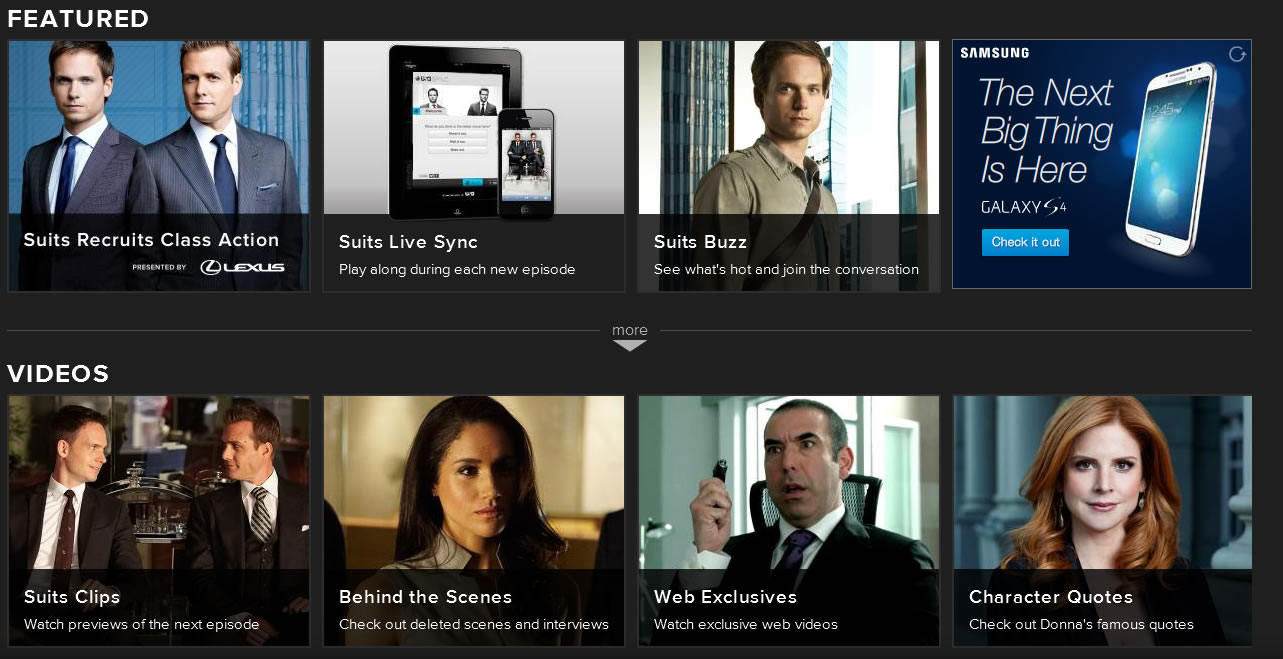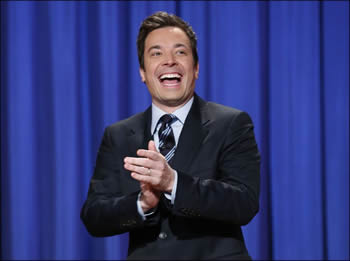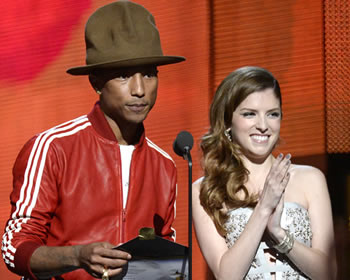 In case you don’t know him, Jesse Redniss is arguably the preeminent authority and voice regarding social television. Jesse is an Emmy Nominated multi-platform storyteller & Senior Vice-President of Digital for the USA Network.
In case you don’t know him, Jesse Redniss is arguably the preeminent authority and voice regarding social television. Jesse is an Emmy Nominated multi-platform storyteller & Senior Vice-President of Digital for the USA Network.
As you can tell by his appearance in the video above with Brian Solis, he has a ton of knowledge in the social television space and fully understands the joint storytelling aspect of SocialTV.
Jesse is publishing a 3 part series that he describes as an “exploration into the heart and soul of Social TV”
Unless you’ve been living under a rock for the last year ( and trust me, some people in the business certainly have), you’ve seen how social television is changing how we consume television programming.
We’ve evolved to a point where I don’t believe there is any other way that television is being consumed. There is no “social television”…this IS how we will now watch broadcast programming. That being with two or three different screens at the same time.
Television is becoming a fully interactive and socially influenced medium. Sure, word of mouth has always been a player in the success of how a movie fares at the box office or how a television show grows into a hit. But the difference now is it’s happening in real-time. And it’s happening on the social networks…and most importantly, it’s influencing how we watch television, and the advertisers who push their wares upon us are beginning to pay attention.
Recently Nielsen purchased social television measurement company Social Guide. Twitter has scooped up two players in the social television monitoring niche, Bluefin Labs and Trendrr.
Nielsen is even modifying their methodology in how they will be ranking shows moving forward. There’s no need to read the writing on the wall. The message is quite clear. Social TV will change the way shows are ranked and accordingly the advertising on those shows (or preferably embedded in them) has no choice but to change.
But those of us immersed in social, keep hearing the same old, tired refrain. “Where’s the ROI in social?” Brands have accepted faulty data from advertising agencies for decades.
But now, faced with some finite data that has now been proven to have correlation to viewership, the ROI question is beginning to be heard more often than ever as social television becomes more prominent.
So I’m very interested to hear what Redniss has to say about this. So I reached out to him and asked him if it was ok to “re-blog” his piece. Here’s his article in it’s entirety for you to take a look at.
This is a very interesting and timely question as the notion of “what is Social TV really worth,” is a hotly debated topic in the industry. There are numerous ways to think about measuring success and defining what the success metrics are, and if measurement methodology for a particular goal is actually a viable option yet.
As content creators and story tellers/co-creators with fans
– one could say that being able to expand the narrative across multiple screens and social destinations is a very valuable aspect, and one way success can be measured is through the amount of time, energy, influence, participation fans spend in that created Story World e.g Avg time spent, total people participating, sharing, creating etc..
And then on top of the hard data, the HUMAN emotion/expression that is driven from that experience is paramount!
The idea of a Social experience around/enhancing a Television show has many moving parts as well. At its core, does it create a Community viewing aspect with that show in a way that enhances and is additive to the viewers experience? Very subjective, but when done with mass participation, one can define and map success metrics that can then be used as benchmarks.
As a TV Network with ratings as one universally accepted metric, can we see a true correlation between social activity around a show and an actual ratings influence? We have seen some examples of late that would definitely support this notion. For the Media/Ent and Advertising Industry, this is one of the most valuable measurements that is yet to be mastered.
Of course there are the business goals to keep in mind as well. Increased viewership + expanded canvas of content offerings that can include sponsor branded content could lead to higher possible revenues. Monetary mea$urement
Net net, there is no one answer for how to measure the success of “Social TV” as there are so many changing variables based on what point of view is taken and what goals are being set. At the core, as we see more people connecting and participating with the story, then success can be derived from what you want the goals to be.
In my opinion, we are on the precipice of something huge. I hate the word “game-changing”…but it may indeed be appropriate. Since the invention of the television circa 1925, nothing has impacted viewership to this magnitude. Sure, some may argue that color television was a big development, but the scale here is astounding. We are no longer bound by “programming”. We choose to watch what we want, when we want to. We’re fast forwarding past commercials. We’re talking to each other in real time about our favorite shows.
For the first time, showrunners and brands can now see what the audience is saying about a show in real-time. Brands and agencies have an enormous opportunity but if you sit in meetings you’ll hear that most have no earthly idea how to engage and participate in the conversation around a particular show or event.
I think the key to realizing the ROI in SocialTV is found in this line of Jesse’s article: “we see more people connecting and participating with the story, then success can be derived from what you want the goals to be.”
We as marketers need to recognize that:
- the interaction around the story is becoming an integral part of how we consume programming
- brands, showrunners, networks and agencies need to work together to be a part of the show and co-own the experience
- we need to define goals and objectives so that monetization and success can indeed be measured…it’s not a one size fits all metric based measurement like a Nielsen rating any longer
- (most important)… this isn’t going away and can’t be ignored by traditional Mad Men. If your agency isn’t showing you the opportunity that SocialTV provides, it may be time to look elsewhere.
Why?? Because this IS how television will be consumed. You are going to want to be on the front end of this bell curve and be an early adopter.
I’ll keep you updated as to the second installment in his series.





